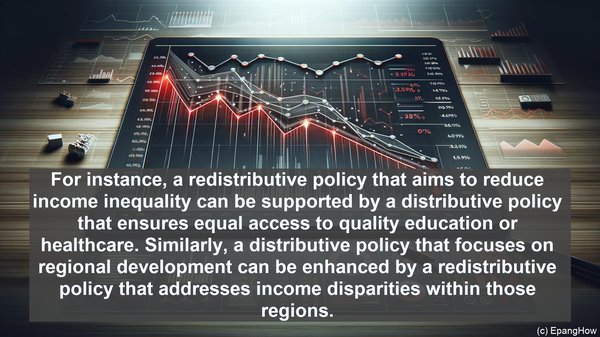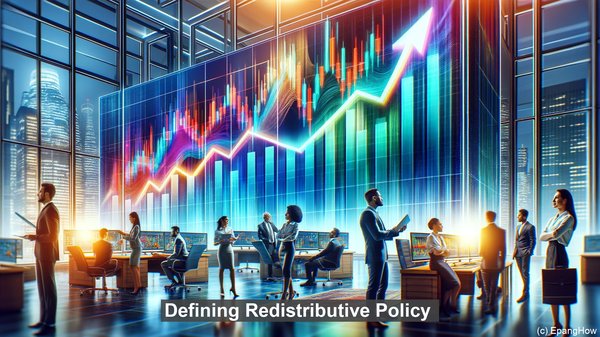Introduction: The World of Public Policy
Hello everyone, and welcome to our article. Public policy is the backbone of any government’s functioning. It encompasses a wide range of decisions, actions, and regulations that shape the society we live in. Within this vast domain, we encounter various types of policies, each with its own purpose and methodology. Today, we’ll be focusing on redistributive policy and distributive policy, two key approaches that governments often employ to address social and economic disparities.
Defining Redistributive Policy
Redistributive policy, as the name suggests, is centered around the idea of redistributing resources within a society. It recognizes that resources, such as wealth, income, and opportunities, are not distributed equally among individuals. The objective of redistributive policy is to rectify this imbalance by implementing measures that transfer resources from those who have more to those who have less. This can be achieved through mechanisms like progressive taxation, social welfare programs, and targeted subsidies.
The Goals and Rationale of Redistributive Policy
The primary goal of redistributive policy is to reduce inequality. By ensuring a more equitable distribution of resources, it aims to create a fairer society where everyone has access to basic necessities and opportunities for upward mobility. Additionally, redistributive policy often has a welfare aspect, seeking to provide a safety net for the most vulnerable members of society. It is rooted in the belief that a just and cohesive society is one where the benefits of growth and development are shared by all, not just a select few.

Understanding Distributive Policy
Distributive policy, on the other hand, focuses on the allocation of resources rather than their redistribution. It operates under the assumption that resources are initially distributed unequally, and the role of the government is to ensure a fair and efficient allocation. Distributive policy involves making decisions about how resources, such as public funds, infrastructure, or services, should be distributed among different regions, sectors, or groups. This can include initiatives like regional development programs, education grants, or healthcare subsidies.

The Objectives and Considerations of Distributive Policy
The primary objective of distributive policy is to promote balanced development and address regional or sectoral disparities. It recognizes that certain areas or groups may be at a disadvantage due to historical, geographical, or economic factors. By strategically allocating resources, distributive policy aims to bridge these gaps, ensuring that every region or group has access to essential services and opportunities. However, it also needs to consider factors like efficiency, sustainability, and the overall impact on the economy.
The Interplay Between Redistributive and Distributive Policy
While redistributive and distributive policies have distinct objectives, they are not mutually exclusive. In fact, they often complement each other. For instance, a redistributive policy that aims to reduce income inequality can be supported by a distributive policy that ensures equal access to quality education or healthcare. Similarly, a distributive policy that focuses on regional development can be enhanced by a redistributive policy that addresses income disparities within those regions. The key is to strike a balance between these approaches, considering the specific context and goals.
